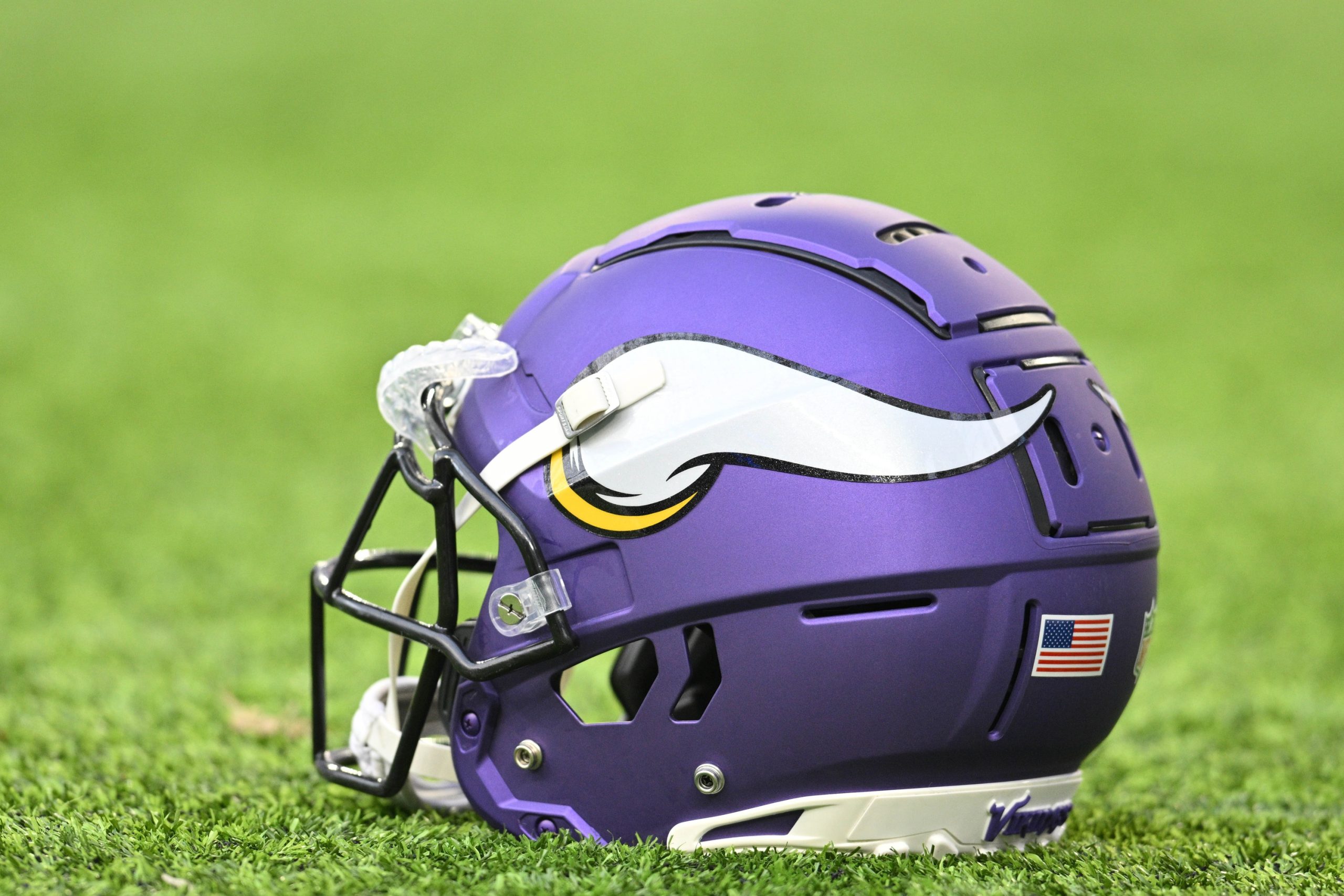There should be a glossary of March Madness terms for the average or below average college hoops fan. Included would be items such as Play-In Games, Bubble Team, BPI, SOS and many others. In the coming days you will be bombarded with these terms along with countless predictions, debates and demands for reform to the NCAA Tournament selection process, many of which reference the terms listed above.
You will also be bombarded with another item, one that would also be included in that glossary: RPI. Everyone has heard it, similarly to the NFL’s QB Rating, but how many people actually know what it means?
The RPI, or Ratings Percentage Index, is referenced by numerous analysts and experts in predicting and justifying the tourney field. It is intended to measure strength of schedule and how a particular team fares against that schedule, but does not factor in exact location of game (only if the game was at home or on the road), margin of victory and other similar items.
It is calculated using the following formula (via College RPI):
The formula consists of three items:
- 25% – team winning percentage (WP)
- 50% – opponents’ average winning percentage (OWP)
- Calculated using the current OWP, not the date-of-game OWP
- 25% – opponents’ opponents’ average winning percentage (OOWP).
Prior to the 2004-05 season, the formula was changed to give more weight to road wins vs home wins. A team’s win total for RPI purposes is 1.4 * road wins + neutral site wins + 0.6 * home wins. A team’s losses is calculated as 0.6 * road losses + neutral site losses + 1.4 * home losses.
For example, a team that is 4-0 at home and 2-7 on the road has a RPI record of 5.2 wins (1.4 * 2 + 0.6 * 4) and 4.2 losses (0.6 * 7). That means that even though it is 6-7, for RPI purposes, it is above .500 (5.2-4.2).
This “weighted” record is only used for the 25% of the formula that is each team’s winning percentage. The regular team records are used to calculate OWP and OOWP.
Games against non-Division I opponents do not count in the RPI.
Can the RPI accurately predict NCAA Tournament success? Sometimes, but don’t bank on it. Butler entered the postseason with an RPI of 50, while fellow Final Four team VCU came in at No. 53.








About Jason Smith
Recent Posts
Will Anderson Jr. has high praise for DeMeco Ryans
"It’s a testament to coach DeMeco."
Lionel Messi unsure on playing in 2026 World Cup
"I hope I can be there."
Ben Roethlisberger suggests Steelers, Tomlin part ways
"Maybe it's time."
Kevin Stefanski has praise for Shedeur Sanders
“He wants to continue to get better."
Kevin O’Connell blunt on Vikings performance
"“We just did not have the type of an offensive performance that is ever going to be acceptable with the Minnesota Vikings organization."
Shedeur Sanders looking to prove he’s the guy
"So I'm never comfortable in a situation I'm in."